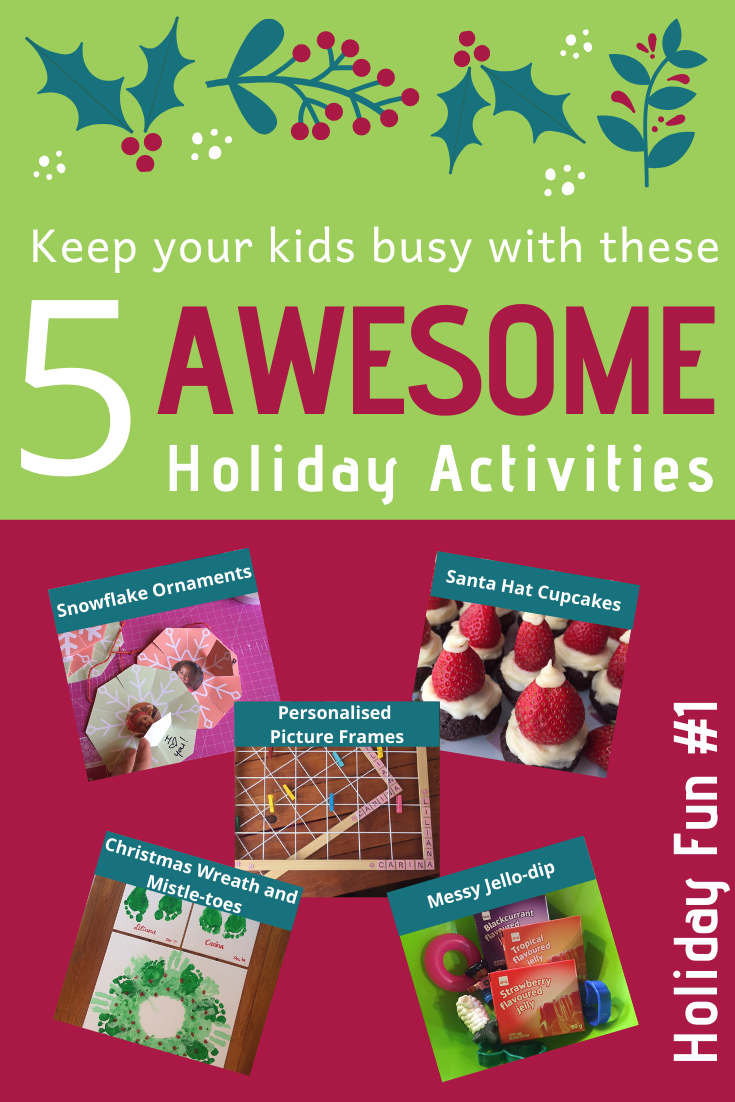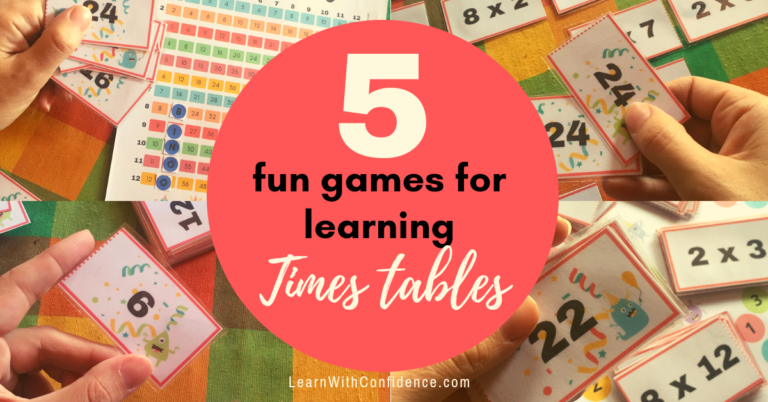Playdough activities to boost your child’s fine motor development
Playdough activities are a great way to boost your toddler and preschooler’s fine motor development as well as a host of other skills. Your child needs to build strength and coordination in the small muscles of their hands and wrists before they can pick up a pencil and start writing. Playdough is a fun and effective way to do this – the activities below will give you some great ideas to get started.
🔊 (Prefer to LISTEN TO THIS BLOG POST instead of read it – Click on the video below.) 👇
Fine Motor skills are all about building strength and coordination
When we think of fine motor skills, most of us think of pencil grip and making sure our kiddos can write and draw and cut with scissors. But there are skills a child actually needs before they can learn how to hold their pencil correctly.
Fine Motor Development is about making the small muscles in your child’s hands strong and “teaching” them to work together. So when we talk about developing our kiddo’s fine motor skills, we need to think about activities that will accomplish these two goals: strength and co-ordination
Playdough is an excellent way to do this – to strengthen muscles and improve coordination. Plus it can develop a number of other skills that are a foundation for fine motor development.

Playdough activities are a great way to build fine motor strength and coordination
Playing with playdough is something children love! They get to exercise their creativity and practice a whole host of skills from fine motor to visual spatial skills.
Build Fine Motor Strength
Activities where your child can squeeze the play dough will build strength. Squeezing with whole hand, pressing the playdough between two hands, pushing onto a table, holding while pulling it apart. These all help your child to build the strength in their hands just like exercising any other muscles in the body.
Improve Bilateral Integration
Rolling a ball of playdough between two hands helps your child’s brain to process using both sides of the body at the same time. Extend this activity by having them roll the playdough ball with one hand on the surface of the table. These examples show how you can improve your child’s coordination and control, as well as their proprioception and hand-eye coordination.
Develop Visual Spatial perception skills
Visual spatial perception is being able to perceive an object in space. When your child has to create different shapes from the ball of playdough, they have to use their visual spatial perception. This is especially true of objects that are more complex. Here are some examples: When your child builds a house or make the shape of a fish, for example. They need to imagine the shape and use their memory. Then they must create the parts in relation to each other. Is the window proportional to the door? Is the roof in the right place? These aren’t questions your child is thinking about consciously, but they’re influencing how they complete the task.
Improve Proprioception
Playdough play is important for practicing proprioception. You’ll see this in their awareness of how hard to squeeze or how soft to push down to roll it into a shape without squishing it completely. Proprioception is an important fine motor skill and you’ll see why when your little one is learning to write. If your child knows how hard to press down with the pencil, they can have better pencil control and save their little muscles a lot of work as well!
Playdough play can boost other Early developmental skills
Playdough activities give you a beautiful opportunity to build your child’s fine motor skills while developing a host of other important early learning skills.
Letter formation and recognition
Develop those early literacy skills by practicing their letter recognition, sounds and names of the letters as well. Use this resource to develop early reading skills using fine motor activities. Form the letters out of playdough and practice the names and sounds and then have your child do the same. The playdough mats in this pack will help you do this activity with ease.
Number formation and recognition
Use playdough activities to develop your child’s early numeracy skills too. Form numbers out of playdough. Rolls balls of playdough and have them count them. Practice adding and subtracting in the same way too!
Practicing shapes
Young children are very concrete in the way they think. Drawing shapes on a piece of paper is quite abstract. Use playdough to bridge the gap for your child and turn an abstract concept into something more concrete by building the basic shapes like a circle, square, rectangle or triangle.
Play dough boards practice lots of skills
Use play dough boards to practice a number of other shapes and skills. By guiding your child with a picture (play dough board) you can help them practice creating shapes that are more complex.
Cutting skills
Did you know you can even practice scissor skills with playdough!? When your child cuts with scissors they must coordinate using their “helping hand” (holding the paper and moving it around) as well as their “strong hand” (maneuvering the scissors), not to mention using their visual spatial perception, bilateral integration and so much more. Playdough is the perfect way to introduce scissor skills because holding and cutting into a blob of playdough is a lot easier and requires a lot less coordination than starting with paper. Use this opportunity to check that your child is holding the scissors correctly and using the two hands together in a coordinated way.
Using instruments like a toy rolling pin, knife, pizza cutter or cookie cutters
Using instruments like these allow your child to practice new skills and experience new ways of using their fine motor skills. One day your child will need to be able to eat with a knife and fork. Introducing these ideas using playdough starts to build the brain connections and neural pathways that will help them do more complex tasks like these later on.
Make your own playdough with this super easy tutorial
Making playdough is so much more cost effective and you can create any number of colors and add some soothing scents. This recipe and step-by-step tutorial is so easy to follow and makes the most lovely playdough.
Want more activities to boost your toddler’s and preschooler’s fine motor skills?
Every month you’ll receive a pack of printable activities along with ideas for gross motor and sensory play activities, that foster fine motor development. Find out more here.




Connect with me
Have you got a new way to play with your child while you have fun developing their fine motor skills – drop a comment to let us know!
Feel free to reach out in the comments or send me an email to connect. It’s my mission to equip and empower you to help your child succeed – you are, after all, the best person for that job, because you are the expert on your child.







